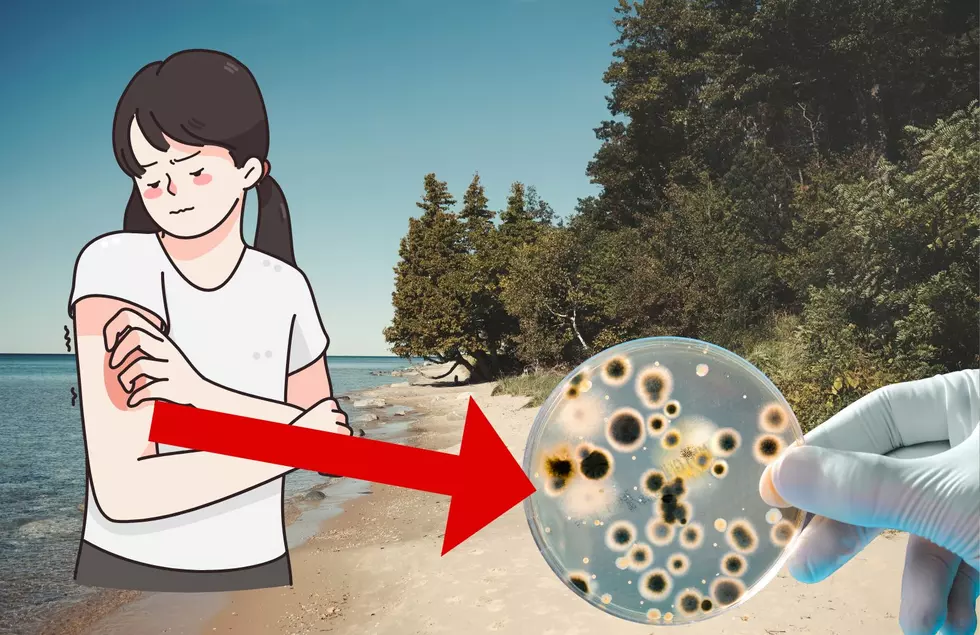
How To Avoid Swimmers Itch That’s Been Found In Lake Michigan
You might have heard of something called Tinea cruris, also known as jock itch. It's a common type of contagious, superficial fungal infection of the groin region, which occurs predominantly but not exclusively in men and in hot-humid climates.

But have you heard of Cercarial Dermatitis aka swimmers itch?
What is Cercarial Dermatitis
Cercarial Dermatitis also known as swimmers itch appears as a skin rash caused by an allergic reaction to certain parasites that infect some birds and mammals. These microscopic parasites are released from infected snails into fresh and saltwater (such as lakes, ponds, and oceans).
While the parasite’s preferred host is the specific bird or mammal, if the parasite comes into contact with a swimmer, it burrows into the skin causing an allergic reaction and rash according to the CDC
What Does Swimmers Itch Look Like
The Mayo Clinic says the itchy rash associated with swimmer's itch looks like reddish pimples or blisters. It may appear within minutes or days after swimming or wading in infested water.
Swimmer's itch usually affects only exposed skin — skin not covered by swimsuits, wet suits, or waders. Signs and symptoms of swimmer's itch typically worsen with each exposure to the parasites.
Should You See A Doctor If You Have Swimmers Itch
According to the Mayo Clinic, you should talk to your doctor if you have a rash after swimming that lasts more than three days. If you notice pus at the rash site, consult your doctor. You might be referred to a doctor who specializes in skin conditions.
How Do You Treat Swimmers Itch
The Mayo Clinic says Swimmer's itch typically clears up on its own within a week. In the meantime, you can control itching with over-the-counter antihistamines or anti-itch creams, such as those that contain calamine. If the itching is severe, your doctor may recommend a prescription medication.
LOOK: 40 Discontinued & Special Edition Kellogg's Cereals
More From 100.5 FM The River










